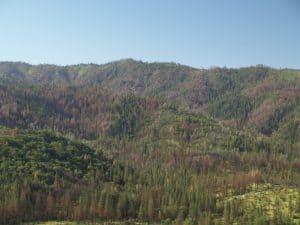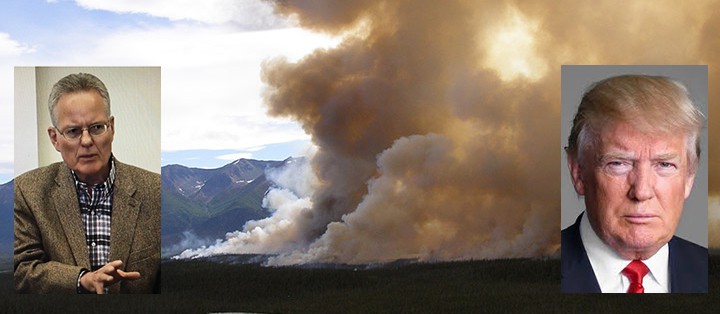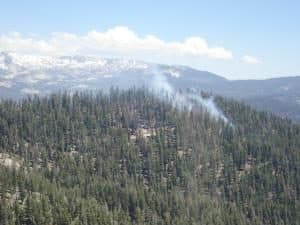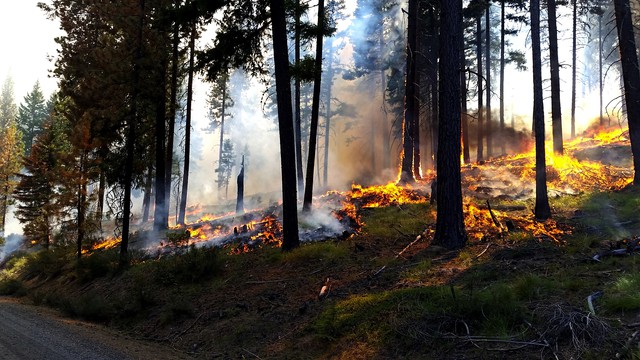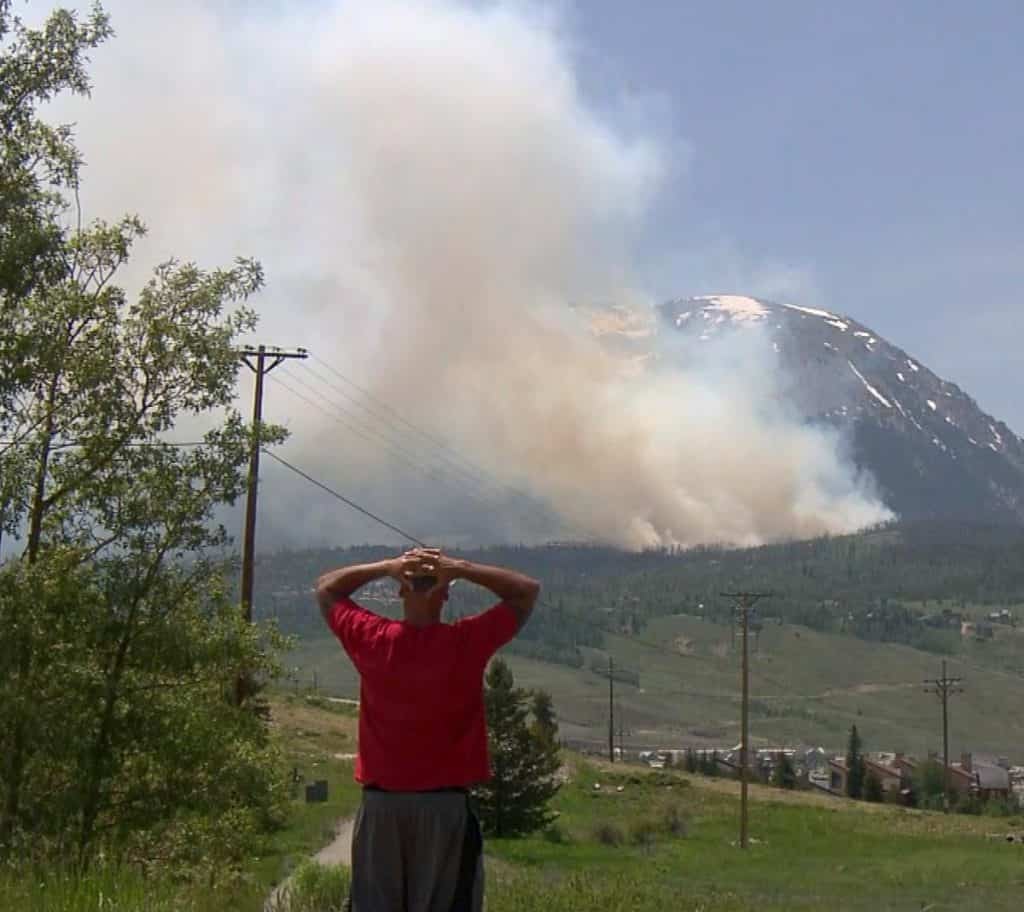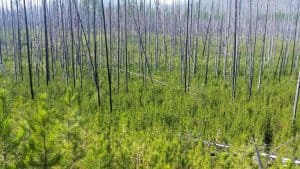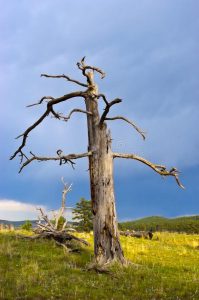I found an LA Times article regarding the Rim Fire, as well as the future of forest management within the Sierra Nevada. Of course, Chad Hanson re-affirms his preference to end all logging, everywhere. There’s a lot of seemingly balanced reporting but, there is no mention of the Sierra Nevada Framework, and its diameter limits. There is also the fact that any change to the SNF will take years to amend. There was also no mention that only about 20,000 Federal acres of the Rim Fire was salvaged, with some of that being in 40-year old plantations.
http://www.latimes.com/local/california/la-me-rim-fire-restoration-20180718-story.html
There might also be another ‘PictureGate“, involving Chad Hanson displaying supposed Forest Service clearcut salvage logging. His folks have already displayed their inability to locate themselves on a map. If he really had solid evidence, he SURELY would have brought it into court
Additionally, the comments are a gold mine for the misinformation and polarization of the supposedly ‘progressive’ community of readers.
Trump “demands” more logging. Really? Does he ever request, suggest or ask for information? I’m tired of hearing of Trump’s “demands.” It could be that some logging would be beneficial but the minute Trump “demands” it, it is suspect. One of his friends will be making millions on the logging and probably giving a kickback to a Trump business. Trump is the destructor of all things beautiful or sacred, the King Midas of the GOP.
A tiny increase in logging of small trees is very unlikely to generate “millions”.
You have no idea what “forest management” is. You want to clearcut all of the old growth forests and then turn them into Christmas tree lots and pine plantations. That is industrial tree farming, not forest management. That is the dumb dogma, speaking, not actual management of the forests.
Most people in southern California don’t know that Forest Service clearcutting and old growth harvesting in the Sierra Nevada has been banned since 1993. The article makes no mention of that.
Riddle me this, Lou. How did the forests manage before we spent $2.5 billion dollars a year on fire suppression? Are we the problem or the cure? Is this just another out of control bureaucracy with a life of its own?
Of course, no solution offered.
